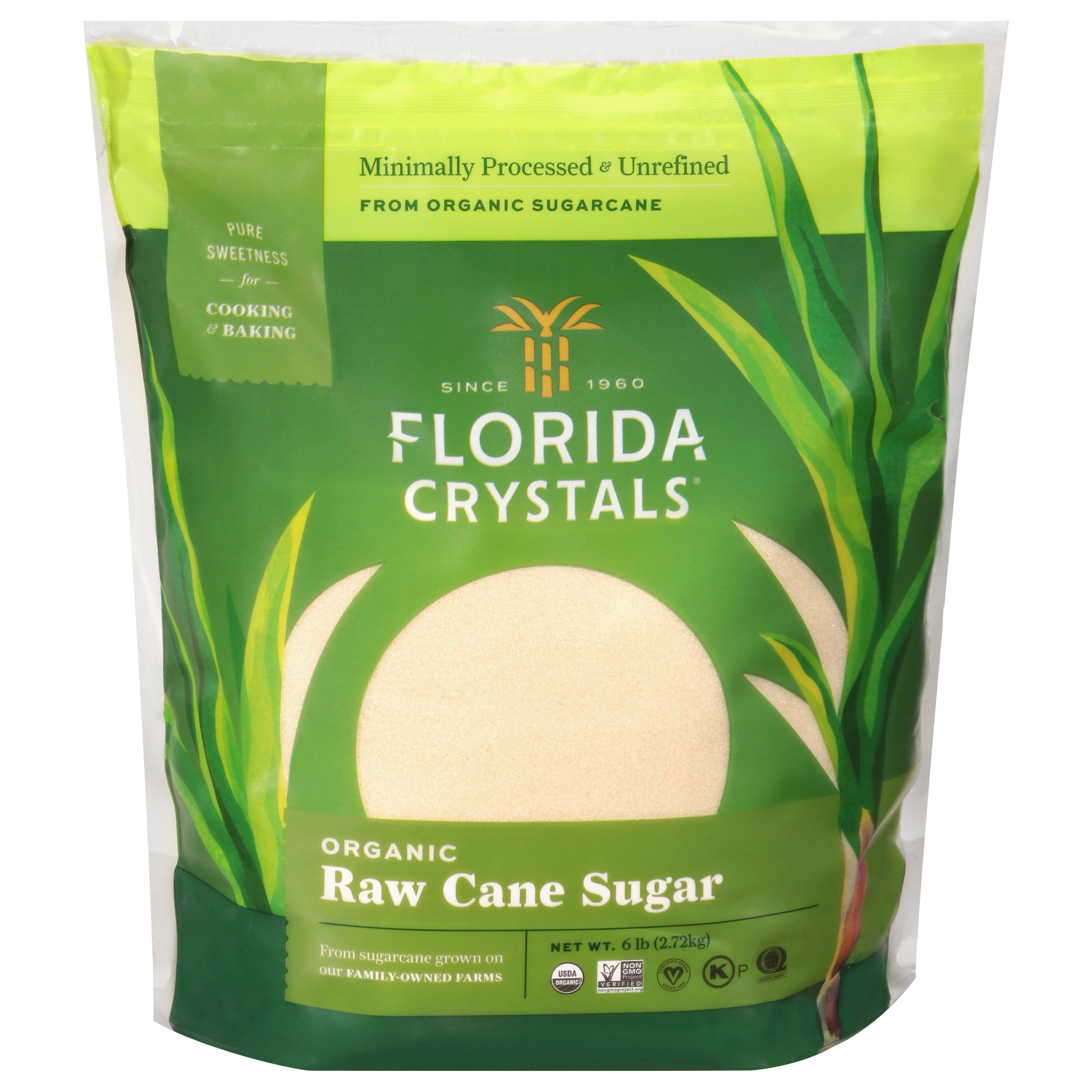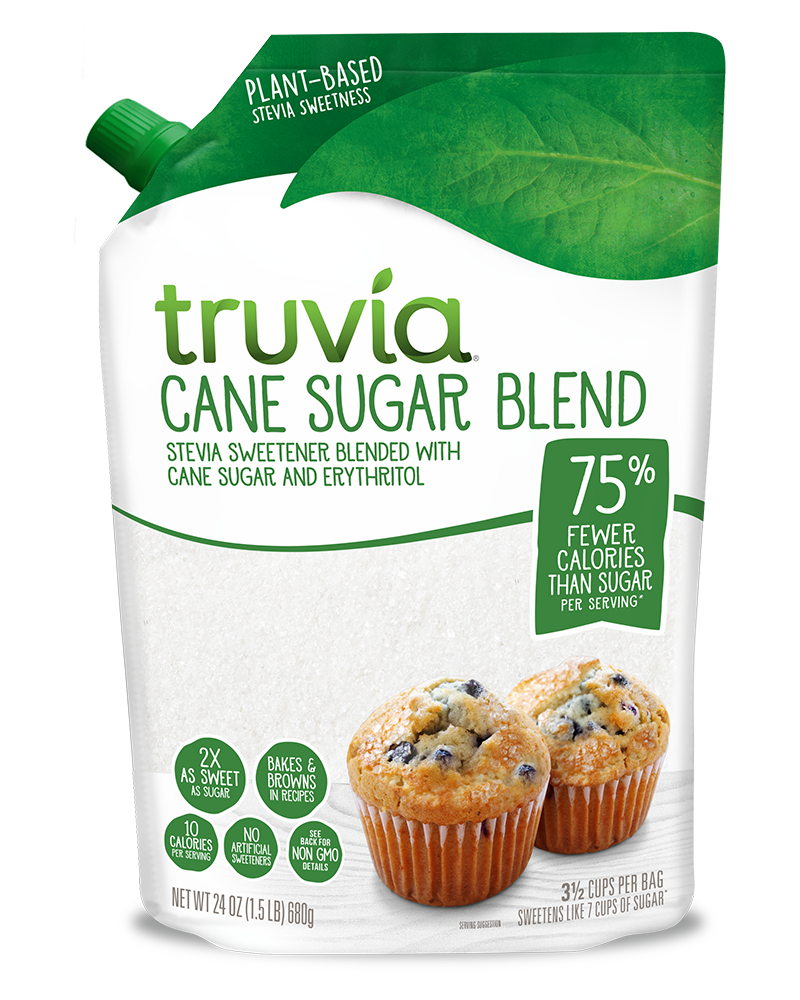The Science Behind Cane Sugar Processing: Exactly How Sweetness is Fine-tuned
The Science Behind Cane Sugar Processing: Exactly How Sweetness is Fine-tuned
Blog Article
Checking Out the Comprehensive Steps Associated With Walking Stick Sugar Handling From Collecting to Refinement
The process of cane sugar manufacturing incorporates a series of detailed steps, beginning with the mindful harvesting of sugarcane and culminating in the refinement phases that ensure the last product satisfies sector criteria. Each phase, from the removal of juice to the filtration and formation processes, plays a critical role in identifying the high quality and character of the sugar.
Gathering Sugarcane
Collecting sugarcane is an essential step in the walking stick sugar handling chain, as it directly influences the top quality and return of the end product. Correct timing and strategies are vital during this stage to make sure ideal sugar content and lessen losses. Normally, sugarcane is gathered when it gets to maturity, generally 12 to 18 months after growing, characterized by a high sucrose focus.

Post-harvest, the sugarcane must be processed swiftly to stop sucrose destruction. Preferably, gathered walking cane ought to be transported to refining facilities within 24 hours to preserve sugar top quality. For that reason, efficient logistical preparation is important to preserve the integrity of the gathered crop throughout the supply chain.
Removal Refine

The smashed cane is subjected to a collection of pushing operations to take full advantage of juice recuperation. Typically, hot water is sprayed onto the smashed cane, developing a countercurrent circulation that assists liquify the sugar while also aiding in the extraction process. The juice gathered from this operation includes not only sugar yet also numerous organic compounds and impurities.

To enhance removal effectiveness, some centers might use diffusion methods, where the sugarcane is taken in warm water, allowing the soluble sugars to diffuse right into the liquid. The resulting juice, rich in sucrose, is after that routed to succeeding processing stages, laying the structure for purification and improvement. The removal process is thus critical in determining the high quality and yield of the last sugar item.
Filtration Techniques
The purification techniques employed in walking stick sugar processing are essential for changing the raw juice right into a high-quality sugar product. These methods mainly aim to get rid of contaminations, such as dirt, plant products, and inorganic materials, which can negatively affect the last product's taste and shade.
One of one of the most typical purification methods is explanation. This process entails adding lime and warmth to the raw juice, which facilitates the coagulation of contaminations. The resulting precipitate is then eliminated with sedimentation or filtering, yielding a more clear juice. Additionally, making use of phosphoric acid can boost the clarification procedure by additional binding impurities.
Another significant technique is carbonatation, where carbon dioxide is presented to the made clear juice. This response generates calcium carbonate, which captures staying pollutants and promotes their removal.
Moreover, triggered carbon therapy might be related to adsorb any type of staying colorants and natural contaminations, guaranteeing a much more refined item. The mix of these approaches properly prepares the sugar juice for succeeding action in the refining procedure, establishing the phase for the manufacturing of top notch walking stick sugar.
Crystallization Techniques
After the purification phase, the following important action in walking cane sugar handling includes condensation methods, which play a critical role in changing the cleared up juice into solid pop over to this site sugar. This procedure generally employs 2 key techniques: spontaneous crystallization and regulated formation.
In spontaneous formation, supersaturated sugar remedies are permitted to cool normally, leading to the development of sugar crystals over time. This method permits for the consistent development of sugar crystals and greater purity.
During formation, the made clear juice is focused via evaporation, boosting its sugar material up until it gets to supersaturation. Once this point is attained, either approach can facilitate the condensation procedure. Cane Sugar Processing. The resultant sugar crystals are after that divided from the remaining syrup with centrifugation
Ultimately, the selection of crystallization method affects the top quality, size, and pureness of the final sugar item, making this action necessary in the overall walking stick sugar processing treatment.
Improvement and Product Packaging
Exactly how can the pureness and quality of walking cane sugar be even more enhanced after crystallization? find out this here The improvement process plays an essential role in attaining high-grade walking cane sugar.
Next, the sugar undergoes a procedure called centrifugation, where it is spun at broadband to divide the cleansed sugar crystals from the staying liquid. After centrifugation, the sugar is usually more fine-tuned through an approach called carbonization or phosphatation, which uses triggered carbon or phosphoric acid to eliminate shade and off-flavors.
Once improved, the sugar is dried out to achieve the desired wetness content, making certain that it stays stable throughout storage and transport. The final step check out this site includes packaging the polished sugar in moisture-proof and airtight containers to maintain its high quality and avoid contamination. Cane Sugar Processing. Appropriate product packaging not just extends rack life yet additionally facilitates simple handling and circulation, making certain that consumers get sugar that fulfills the greatest standards of purity and top quality
Final Thought
The thorough steps associated with cane sugar processing, from the careful harvesting of sugarcane to the elaborate refinement and packaging phases, emphasize the importance of each phase in ensuring premium sugar manufacturing. Optimum harvesting techniques, efficient extraction techniques, and extensive filtration processes jointly add to the end product's purity and stability. The condensation and subsequent product packaging practices even more improve the stability and rack life of the sugar, highlighting the intricacy and precision fundamental in this essential agricultural industry.
The process of cane sugar manufacturing incorporates a collection of complex actions, beginning with the cautious harvesting of sugarcane and culminating in the refinement stages that ensure the final product fulfills sector criteria. Preferably, collected walking stick must be transferred to refining centers within 24 hours to maintain sugar high quality.In spontaneous condensation, supersaturated sugar solutions are enabled to cool down naturally, leading to the development of sugar crystals over time - Cane Sugar Processing. The improvement process plays an important duty in accomplishing high-grade walking stick sugar.The extensive actions entailed in walking cane sugar processing, from the meticulous harvesting of sugarcane to the complex refinement and packaging phases, highlight the value of each phase in making certain high-grade sugar production
Report this page